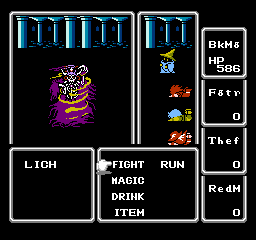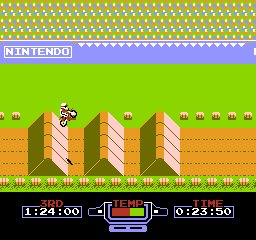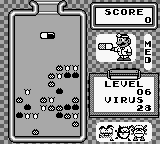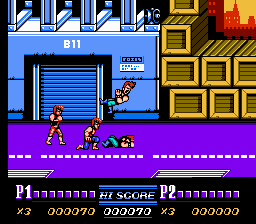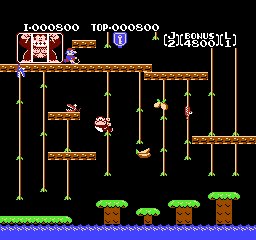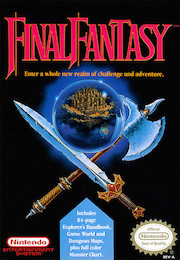
by damianlopez | gen. 23, 2020
Final Fantasy takes place in a fantasy world with three large continents. The elemental powers of this world are determined by the state of four crystals, each governing one of the four classical elements: earth, fire, water, and wind. The world of Final Fantasy is inhabited by numerous races, including humans, elves, dwarves, mermaids, dragons, and robots. Most non-human races have only one “town” in the game, although individuals are sometimes found in human towns or other areas as well. Four hundred years prior to the start of the game, the Lefeinish people, who used the Power of Wind to craft airships and a giant space station (called the Floating Castle in the game), watched their country decline as the Wind crystal went dark. Two hundred years later, violent storms sank a massive shrine that served as the center of an ocean-based civilization, and the Water crystal went dark. The Earth crystal and the Fire crystal followed, plaguing the earth with raging wildfires, and devastating the agricultural town of Melmond as the plains and vegetation decayed. Some time later, the sage Lukahn tells of a prophecy that four Light Warriors will come to save the world in a time of darkness.
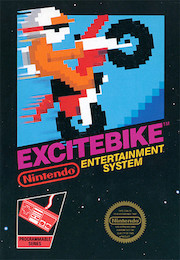
by damianlopez | gen. 23, 2020
Excitebike (エキサイトバイク Ekisaitobaiku) is a motocross racing video game franchise made by Nintendo. It first debuted as a game for the Famicom in Japan in 1984 and as a launch title for the NES in 1985. It is the first game of the Excite series, succeeded by its direct sequel Excitebike 64, its spiritual successors Excite Truck and Excitebots: Trick Racing, and the WiiWare title Excitebike: World Rally. 3D Classics: Excitebike, a 3D remake of the original game, was free for a limited time to promote the launch of the Nintendo eShop in June 2011, and has since been available for $5.99.
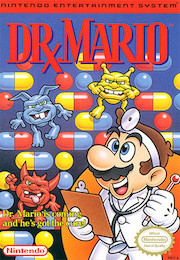
by damianlopez | gen. 23, 2020
Dr. Mario is a falling block tile-matching video game, in which Mario assumes the role of a doctor, dropping two-colored medical capsules into a medicine bottle representing the playing field. This area is populated by viruses of three colors: red, yellow, and blue. In a manner and style considered similar to Tetris. The player manipulates each capsule as it falls, moving it left or right and rotating it such that it is positioned alongside the viruses and any existing capsules. When four or more capsule halves or viruses of matching color are aligned in vertical or horizontal configurations, they are removed from play. The main objective is to complete levels, which is accomplished by eliminating all viruses from the playing field. A game over occurs if capsules fill up the playing field in a way that obstructs the bottle’s narrow neck. Players can select the degree of starting difficulty any time a new game is started. The initial level chosen is a value between zero and twenty that determines the number of viruses to clear, and the three game speed options change how fast the capsules fall in the bottle. The player’s score is based solely on the elimination of viruses, not on the time taken to complete the level or the number of capsules used. If players complete the highest difficulty level, they can continue playing to accumulate a higher score, but the number of viruses to clear remains the same. Additional points are awarded when multiple viruses are eliminated at once, but no additional points are awarded for initiating chain reactions, in which the elimination of one set of objects triggers the elimination of another set. The game speed is also a factor in how the game calculates scoring; higher speed levels yield more points.
Jugadors
Singleplayer, Local Multiplayer
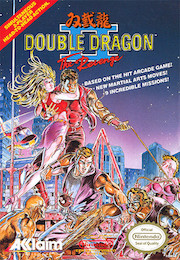
by damianlopez | gen. 23, 2020
Double Dragon 2: The Revenge
The arcade version of the game is essentially an improved version of the original title. The biggest change in the game’s controls are in the replacement of the original’s punch and kick buttons with two directional-based attack buttons (Left Attack and Right Attack) similar to Renegade. Pressing the attack button of the player’s current direction will do a standard series of punches, while pressing the opposite attack button will perform a back kick. A few new moves are added as well, including a Hurricane Kick. Like in the original game, the arcade version of Double Dragon II is divided into four missions: a heliport, a lumber storehouse, a wheat field, and the new hideout of the boss. Each stage has its own boss character with his own theme. After defeating Willy (the final boss from the original game) in the fourth stage, the player will confront a double of their own character for the game’s final battle. If two players reach the end together, then both will each to have to face their own clone for the final battle.
Jugadors
Singleplayer, Co-op
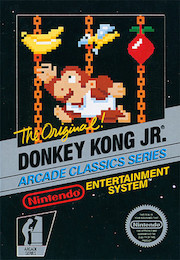
by damianlopez | gen. 23, 2020
Mario has gone mad! He’s turned the tables on Donkey Kong and locked him in a cage. It’s up to you, as Donkey Kong Jr., to rescue your father by stealing Mario’s set of keys. But it won’t be easy. You’ll have to fight off ape-eating Snapjaws, jump onto moving islands and break through a jungle of vines to get to the keys that will free Donkey Kong. Can you handle the action? Because this off-the-wall monkey business will have you going bananas!



